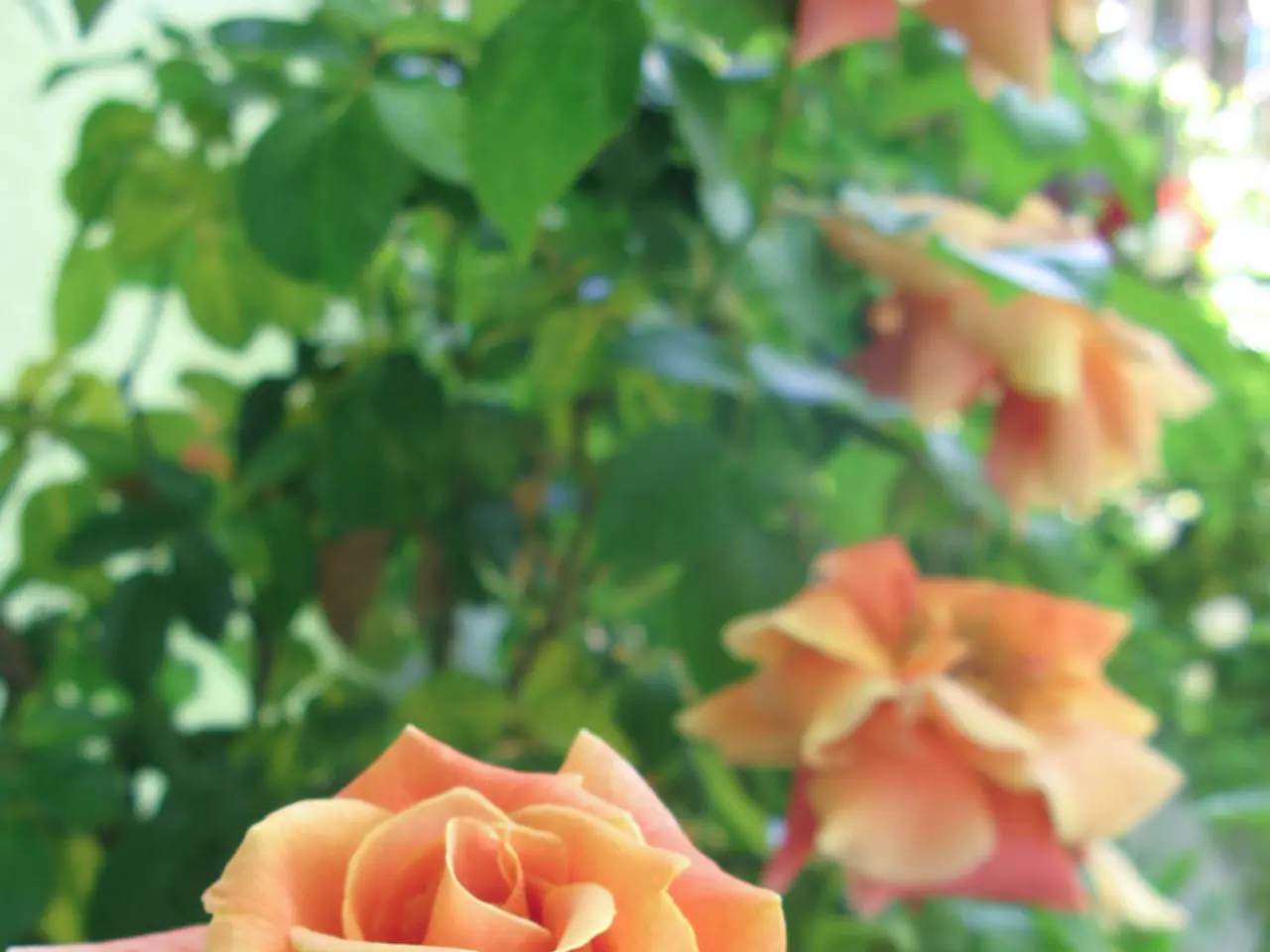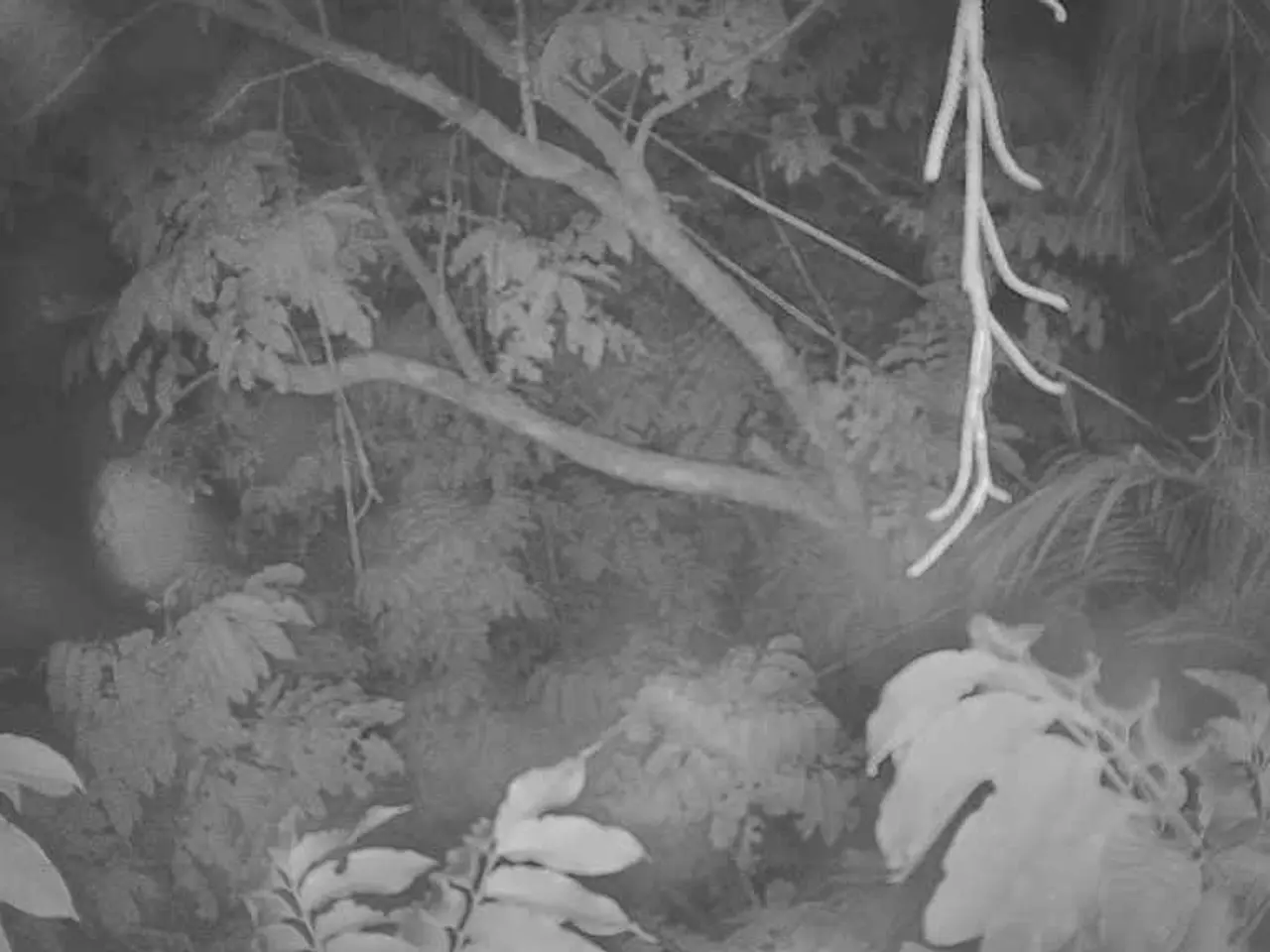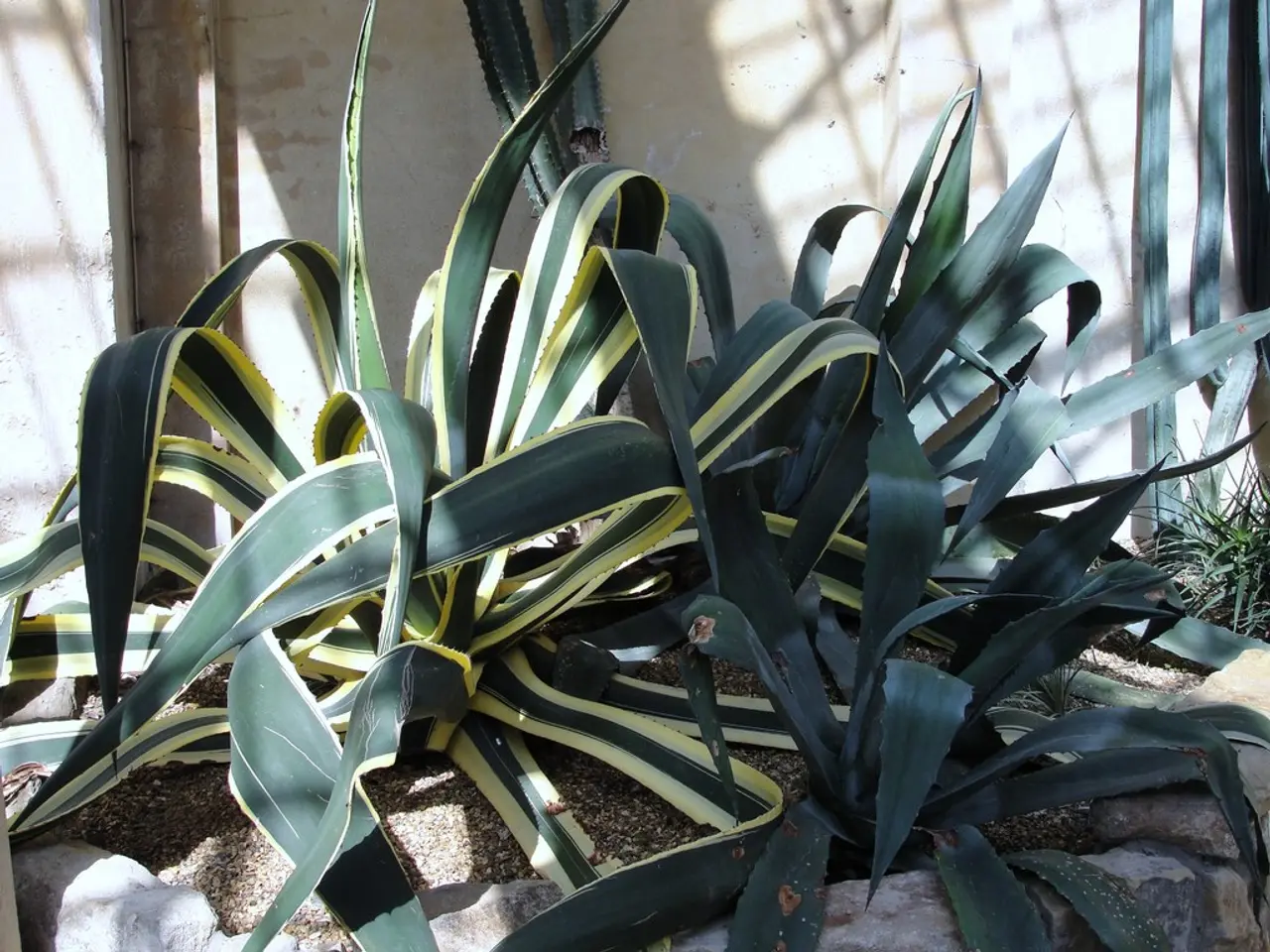Cultivating and Nurturing Daffodils for a Blooming Spring Landscape – Stunning Varieties to Grow Successfully
Growing daffodils, or Narcissi, is a straightforward and enjoyable process for garden enthusiasts. Here's everything you need to know about growing these vibrant flowers.
How to cultivate Narcissi
Planting locations
Daffodils are adaptable and can be planted in various spots, such as garden borders, containers, or even fine grass – consider creating a bulb meadow. To encourage their growth, choose a location with plenty of sunlight.
Ideal planting times
Plant daffodil bulbs in late autumn. If you're planting them in grass, wait for the last mow of the year, typically in mid- to late October or early November. Avoid soaking wet or frosty days when the soil is easily damaged.
Step-by-step planting instructions
- If you can't plant bulbs right away, store them in a cool, dry place.
- Find a spot with sun exposure for at least part of the day, preferably the sunniest possible. Avoid clay soil that is waterlogged or excessively heavy. Instead, aim for a well-draining, nutrient-rich soil.
- Consider the colors and heights of nearby plants and choose bulbs accordingly, keeping in mind that many daffodils are actually white, rather than bright yellow.
- Place bulbs on the ground where you intend to plant them, then dig holes at least twice the length of the bulb. This is usually about 10-15 cm deep. Space bulbs at least 10 cm apart, as they'll form clusters over time. Place smaller bulbs of shorter varieties closer together.
- Check your bulbs for firmness and damage before planting, with the pointy end facing up. Cover them with soil and water the area using a watering can, especially during dry spells.
For additional information on planting bulbs, check out our recommended long-handled bulb planters.
Growth timeline
Narcissi are planted in autumn and typically flower early the following spring, between March and May (depending on the variety). These long-lived bulbs will re-flower year after year as long as they're planted at the correct depth and their foliage is allowed to die back and turn yellow after flowering.
Growing Narcissi in pots
- Consider planting two or three different varieties to determine whether you'd like them to bloom in sequence or all at once.
- Pay attention to the size of the bulbs and choose a pot accordingly. Larger bulbs will need a deeper pot, while small bulbs thrive in shallow containers.
- Make sure your container has proper drainage in the base. Line the holes with pieces of broken pottery or similar material to create space for drainage.
- daffodils grow well in any general-purpose, peat-free compost as long as there's good drainage.
- Fill the container with compost to within 15 cm of the top, position the bulbs, and then cover them with compost, pressing it down gently to avoid air gaps. Water once after planting to settle the bulbs, then the container can remain outside.
- Once the foliage begins to emerge, water occasionally during prolonged dry spells to ensure continued growth.
Learn more about growing bulbs in pots for more detailed information.
Daffodil pests
Daffodils are generally resistant to many pests. Squirrels are unlikely to eat the bulbs, and badgers will only dig them up and eat them if they can gain access. For additional pest control tips, see our guide on stopping squirrels from eating your bulbs and protecting against badger damage.
Growing Narcissi in grass
Consider a natural, loose planting style when growing daffodils in grass. Plant in irregular drifts or groupings to avoid straight lines and overly even spacing.
Caring for Narcissi
It's essential to deadhead daffodils after flowering to prevent energy waste associated with producing seeds. Let the foliage die back naturally before cutting it off, as doing so allows nutrients to re-enter the bulb for the next growing season.
For a list of top narcissus varieties to grow, check out our recommended picks, including details on height, bloom color, and scent. Happy daffodil growing!
- Daffodils can be planted in garden borders, containers, or fine grass, creating a beautiful landscape and enhancing the home-and-garden lifestyle.
- To cultivate daffodils, plant bulbs in late autumn, particularly during mid- to late October or early November, and choose a location with sufficient sunlight for optimal growth.
- By following the step-by-step planting instructions – which include selecting a well-draining, nutrient-rich soil, spacing bulbs appropriately, and allowing the foliage to die back naturally – you can ensure a vibrant display of flowers in spring, contributing to an enjoyable gardening experience.




